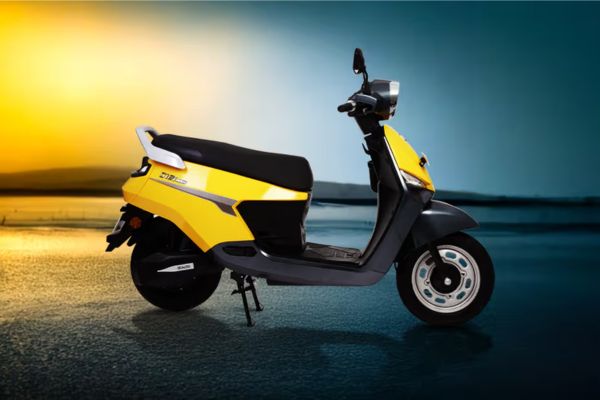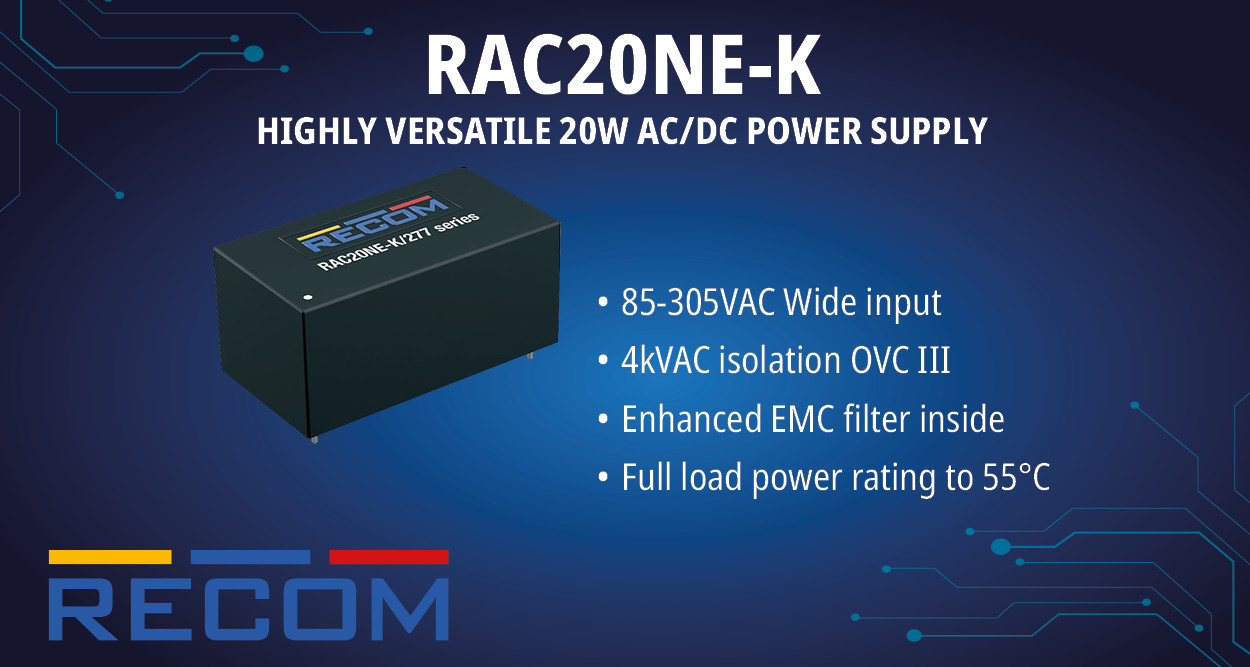The global electric scooters market was valued at USD 38.07 billion in 2024 and is projected to reach approximately USD 89.43 billion by 2034, growing at a compound annual growth rate (CAGR) of 9.7% during the forecast period from 2025 to 2034. This growth is fueled by rising environmental consciousness, increasing fuel prices, and the worsening issue of urban congestion.
Governments across the globe are actively supporting eco-friendly mobility by offering financial incentives, building charging infrastructure, and designating dedicated e-scooter lanes. Technological progress—such as enhanced battery capacity, lighter materials, and advanced safety features—has accelerated consumer adoption. Key players like Bird, Lime, Xiaomi, and Segway are investing heavily in R&D to maintain competitive advantages. As cities embrace micro-mobility solutions, the demand for e-scooters is expected to continue its upward trend, particularly in last-mile delivery and ride-sharing services.
Market Dynamics and Evolution
Electric scooters have evolved from niche gadgets to an integral part of modern urban transport. Their presence has become as common as taxis, reflecting a major shift in how people move through cities. Beyond rentals, personal ownership is on the rise, driven by the scooters’ affordability, sustainability, and practicality. These vehicles are helping reduce emissions, ease traffic congestion, and offer a cost-effective commute—making them more than a passing trend.
Modern e-scooters now include features such as GPS navigation, smart charging stations, and mobile app integration, enhancing their usability and appeal. Government backing, along with increasing oil prices and the decline of fossil fuel reserves, is helping this sector thrive. While long-term leadership in the market will depend on continuous innovation, one area of focus remains the advancement of lithium-ion batteries, which will significantly enhance e-scooter performance and reliability in the years ahead.
What is an Electric Scooter?
An electric scooter (e-scooter) is a two-wheeled, battery-powered vehicle designed for short-distance travel. Unlike conventional scooters, e-scooters produce zero emissions and operate quietly, making them ideal for urban commuting and eco-friendly transportation.
Key features include:
- Rechargeable lithium-ion batteries, offering a range of 15–50 km per charge
- Foldable and lightweight designs for portability
- LED displays, speed controls, and regenerative braking
- Integration with e-scooter-sharing apps, now active in over 600 cities globally
As cities seek sustainable transportation alternatives, e-scooters have become a favored solution among both individual users and shared mobility providers.
Key Market Insights
- 5% of urban commuters now prefer e-scooters for short-distance travel due to convenience and low cost
- E-scooter adoption in major cities rose by 200% between 2020 and 2023
- Government incentives in the U.S. and Europe have driven a 30% annual increase in e-scooter sales
- Shared mobility programs now include e-scooters in over 600 cities worldwide
- Battery technology improvements have reduced charging times by 40% over the past five years
Electric Scooters Market Segmental Analysis
Battery Type Analysis
The electric scooter market is categorized by battery type into Lithium-Ion (Li-ion), Lead Acid, and Other battery technologies.
- Lead Acid Batteries: In 2024, lead acid batteries accounted for less than 23% of the market share. Their bulkier size, lower energy efficiency, and rapid discharge rates—even under light usage—have contributed to their declining popularity. These limitations, coupled with their lower durability and environmental concerns, are expected to restrict their adoption in the coming years.
- Lithium-Ion (Li-ion) Batteries: Li-ion batteries are poised to experience significant growth during the forecast period. With ongoing technological advancements and declining prices—anticipated to drop by over 70% by 2030—Li-ion batteries are becoming more cost-effective and accessible. Their lightweight design, high energy density, faster charging, and longer life cycle make them ideal for modern e-scooters. Additionally, growing interest in eco-friendly and high-performance battery solutions like Li-ion and NiMH is fueling market demand.
Voltage Type Analysis
Electric scooters are also segmented by voltage range, with performance, range, and consumer use case varying accordingly:
- 48V – 59V: These batteries are commonly used in scooters designed for short-distance urban commuting. They provide sufficient power for daily use and are compatible with most entry-level and mid-range models.
- 60V – 72V: Popular among users seeking longer battery range without frequent recharging. This segment supports the rising demand for convenience and extended ride duration.
- 73V – 96V: Preferred for long-distance travel, this segment is driven by consumer desire to reduce battery charging frequency. These scooters are often used for commuting across larger urban and suburban areas.
- Above 97V: Targeting a premium and performance-oriented market, these high-voltage batteries offer superior acceleration, extended range, and are often integrated into high-end electric motorcycles. They appeal to tech-savvy and performance-focused consumers seeking cutting-edge features and design.
End-Use Analysis
The market is segmented into Personal and Commercial end uses:
- Personal Use: Accounting for over 60% of market share, personal use dominates the electric scooter market. E-scooters have become a preferred urban mobility solution due to their affordability, low maintenance, lightweight design, and eco-friendliness. They are especially popular among millennials and low-to-middle-income consumers. Manufacturers are increasingly integrating smart connectivity features and developing private or semi-public charging stations, further boosting adoption for individual use.
- Commercial Use: The commercial segment is projected to grow at a CAGR of 12.7% over the forecast period. E-scooters are becoming a cost-effective option for last-mile delivery and transport in large facilities such as factories, campuses, warehouses, and industrial complexes. As shared mobility platforms expand, many service providers are incorporating e-scooters into their fleets for time-based or distance-based rental packages, catering to the needs of urban logistics and delivery services.
Electric Scooters Market – Regional Analysis
The global electric scooters market is segmented into North America, Europe, Asia-Pacific, and LAMEA (Latin America, Middle East, and Africa). Among these, the Asia-Pacific region emerged as the market leader in 2024.
Asia-Pacific: Dominant Market Leader
- Market Size (2024): USD 28.25 billion
- Projected Market Size (2034): USD 66.36 billion
The Asia-Pacific (APAC) region leads the global electric scooters market due to a combination of high demand for fuel-efficient transportation, government-led electrification initiatives, and rapid urbanization. Countries like China, India, and Japan are at the forefront of e-scooter adoption, driven by concerns over rising fuel prices and pollution.
China’s robust economy and aggressive investments in electric mobility infrastructure have made it a global hub for e-scooter production and innovation. In India, the government’s FAME-II policy provides incentives and tax benefits to promote electric two-wheelers, further propelling market growth.
Key regional players such as Honda, Yamaha, Suzuki, and Kawasaki are also rolling out competitive electric scooter models, increasing consumer choice and accelerating adoption. R&D investments, affordability, and growing environmental awareness will continue to fuel growth across APAC.
North America: Infrastructure Expansion & Tech Development
- Market Size (2024): USD 5.18 billion
- Projected Market Size (2034): USD 12.06 billion
Growth in North America is being driven by government initiatives, private sector investments, and a growing emphasis on sustainable urban transportation. The expansion of charging infrastructure for two-wheelers and ongoing R&D into high-capacity batteries are key growth catalysts.
In cities across the U.S. and Canada, increasing interest in micro-mobility solutions is prompting broader adoption of electric scooters for personal and shared mobility use. The push for zero-emission transport and support for last-mile delivery applications are also fueling demand in the region.
Europe: Innovation and Shared Mobility Demand
- Market Size (2024): USD 3.39 billion
- Projected Market Size (2034): USD 7.96 billion
Europe is witnessing robust growth in the electric scooters market, underpinned by widespread adoption of EVs, rising popularity of shared mobility platforms, and strong regulatory support for emissions reduction.
Investments in charging infrastructure and high-density battery technology are driving innovation across the region. European companies are focusing on youth-oriented models and smart connectivity features to cater to tech-savvy users.
Additionally, leading global e-scooter brands are launching multiple product variants in key European countries, helping meet diverse mobility needs and supporting regional growth.
LAMEA: Emerging Opportunities in Urban Mobility
- Market Size (2024): USD 1.26 billion
- Projected Market Size (2034): USD 2.95 billion
The LAMEA region presents emerging opportunities for electric scooters, especially in urban centers grappling with traffic congestion and environmental concerns. Rapid urbanization, growing interest in sustainable transport, and rising e-commerce demand are driving this growth.
In Latin America, companies are introducing new models—such as Yamaha’s NEO 2.5 kW electric scooter—to address urban commuting needs. In the Middle East, particularly in the UAE and Qatar, smart cities and sustainability goals are pushing e-mobility forward. Shared e-scooter services by providers like Fenix are gaining traction among locals and tourists alike.
The portability and foldability of certain models make them ideal for last-mile solutions in congested cities, and as public transit integration improves, adoption is expected to grow steadily.
Get Sample PDF@ https://www.cervicornconsulting.com/sample/2469
















